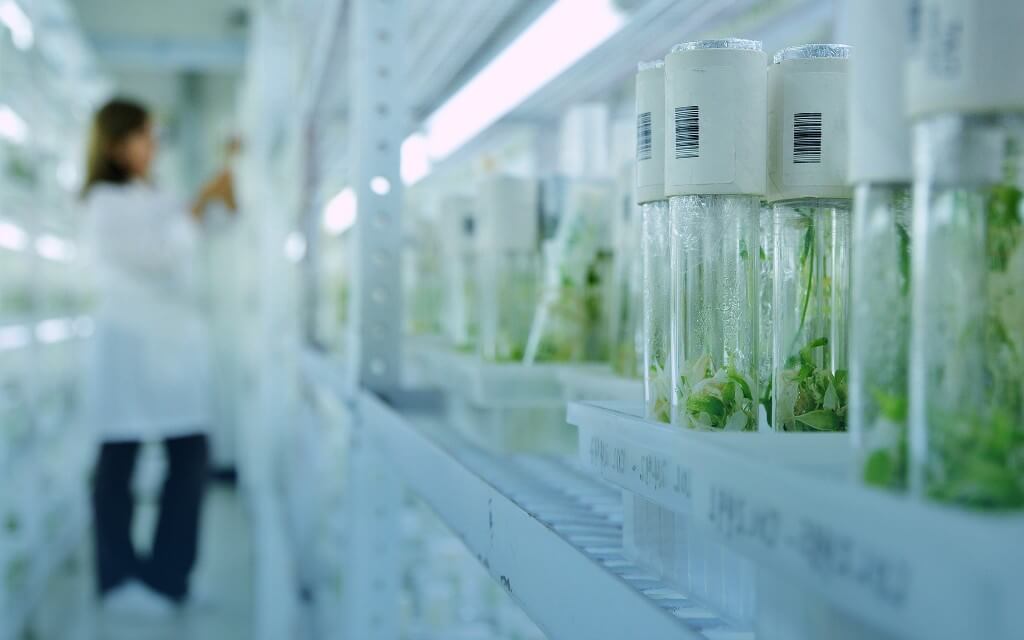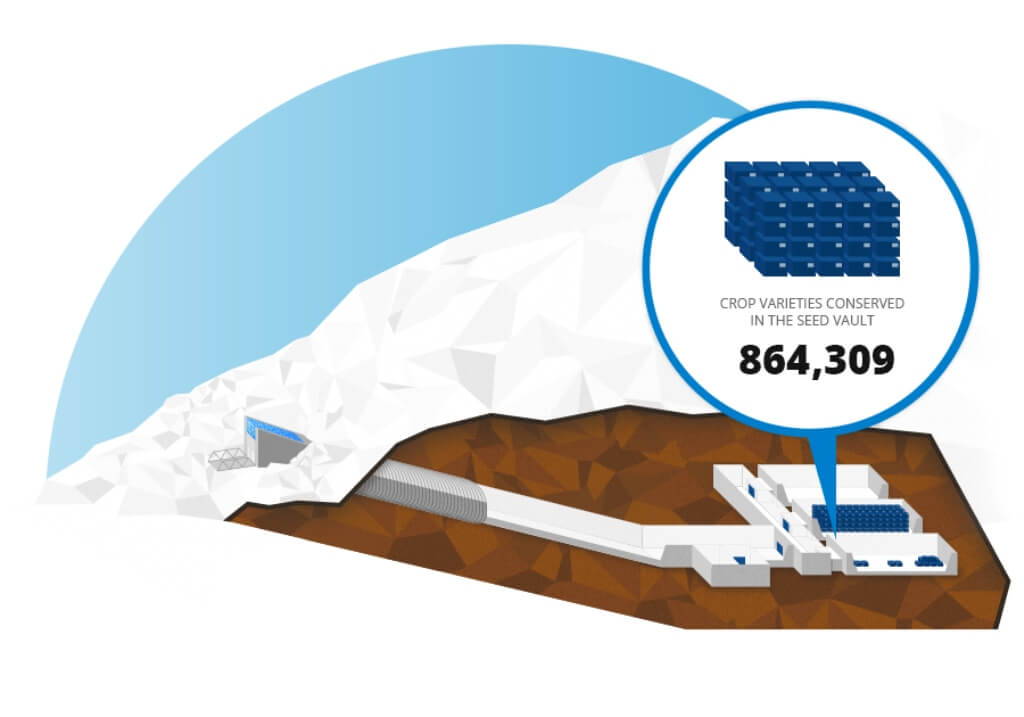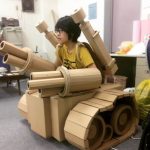Have you ever thought of what would happen if a famine or a natural calamity were to strike the whole of earth one day? What would humans do about food? Would we be able to produce food or grow food? The answer to these questions lie in the interiors of an island above the Arctic Circle between Norway and North Pole.
The resources that this island holds is more precious than coal, oil or even precious minerals. The island is the reserve for all types of seeds for various varieties of food crops.

In this Global Seed Vault on Spitsbergen, which is part of Norway’s Svalbard archipelago, more than 930,000 varieties of food crops are stored. The vault can essentially be termed as a safe deposit box for holding the world’s largest collection of agricultural products. According to Brian Lainoff, lead partnerships coordinator of the Global Crop Diversity Trust, which manages the vault there is 13,000 years of agricultural history worth in this vault.
There is no place more remote than this icy wilderness of Svalbard and apart from the nearby town of Longyearbyen, there is nothing but vast empty spaces surrounding it. Even though

which immediately brings to mind the image of the end of the world or a global catastrophe, it is designed for a smaller, more localised destruction and threats that repositories of seeds, plants etc normally called gene banks across the world face.
The Doomsday Vault was established in 2008 to serve as a safe haven for a large variety of the world’s edible plant seeds.
Till now, seeds have only been going in for storage and not coming out but in 2015, researchers in the Middle East sought to withdraw seeds that they had earlier deposited into the seed bank. The seeds that were withdrawn were needed to replace plant material that had been stored in a gene bank near the war torn city of Aleppo in Syria.
In an interview with The WorldPost, Lainoff says that while it may sound like bad news that seeds have been removed from the so-called doomsday vault, the withdrawal actually serves as proof that such a vault is necessary.
Credit: croptrust.org


